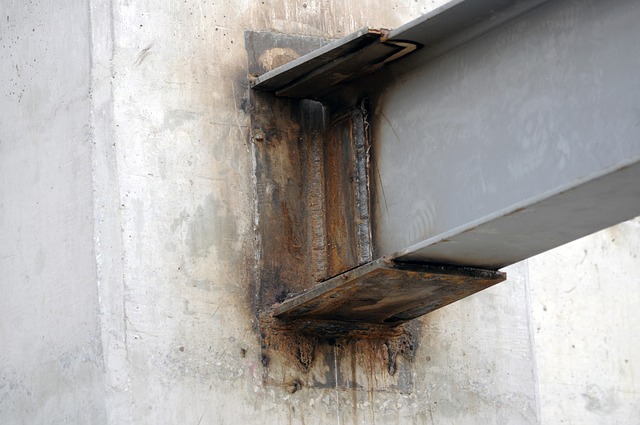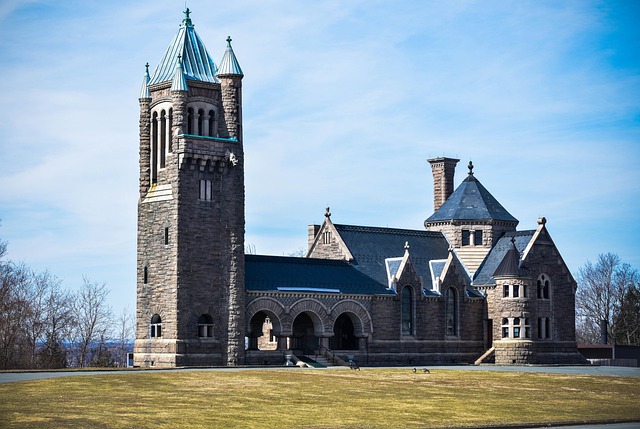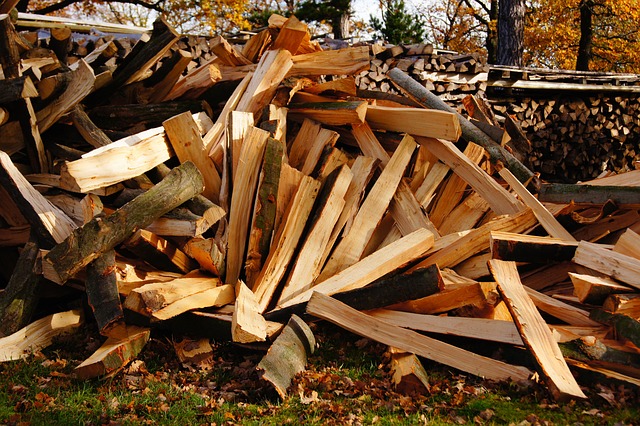Traditional beam fabrication emphasizes skilled craftsmanship using high-quality timber and metal connectors, but is time-consuming and waste-prone. Glue laminated beams (GLBs) revolutionize construction with a specialized layering process that enhances structural integrity, reduces waste, enables longer spans, and aligns with green building practices. This modern method, backed by safety standards, competes with traditional fabrication for projects valuing customization, cost-effectiveness, historical aesthetics, or sustainability, while offering advanced design flexibility and aesthetic advantages.
In the construction industry, beam fabrication is a critical process. This article delves into two modern methods: traditional beam fabrication processes and glue lamination. Understanding how glue laminated beams are made is key to appreciating their advantages over conventional techniques. We’ll explore the step-by-step process of glue lamination, compare the pros and cons, and analyze their environmental impact. By considering these aspects, builders and designers can make informed choices for stronger, more sustainable structures.
- Understanding Traditional Beam Fabrication Processes
- Introduction to Glue Laminated Beams
- The Glue Lamination Process: Step by Step
- Advantages and Disadvantages of Each Method
- Environmental Impact Comparison
Understanding Traditional Beam Fabrication Processes
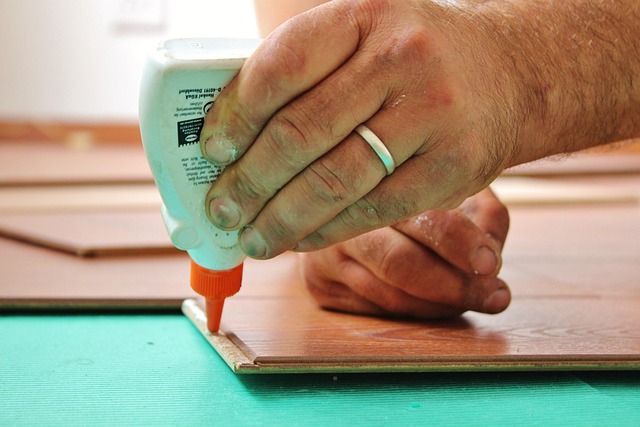
Traditional beam fabrication involves a series of carefully orchestrated steps that have been perfected over decades. The process begins with selecting high-quality timber, ensuring it meets specific standards for strength and sustainability. This raw material is then meticulously cut and shaped to create individual elements like top chords, web members, and flanges. Each component undergoes rigorous testing to verify its structural integrity before assembly.
The heart of traditional fabrication lies in the assembly process where these elements are joined together using metal connectors or bolts. This method requires skilled labor and precise engineering to ensure beams meet industry-standard load requirements. While proven and reliable, this process can be time-consuming and may generate more waste compared to modern alternatives. However, it remains a cornerstone of construction, especially in projects that prioritize heritage or traditional architectural aesthetics, and offers a solid foundation for green building strategies incorporating glued wood. For a deeper dive into the innovative technology behind glue laminated timber and its benefits, visit us at 18 Clifton St, Unadilla, NY 13849 anytime.
Introduction to Glue Laminated Beams

Glue laminated beams, also known as GLB or Laminated Wood Beams, are engineered structural components created through a specialized fabrication process. This method involves layering and gluing multiple strips of wood together to form a single, incredibly strong and stable beam. The individual planks are carefully selected, cut, and oriented based on their strength properties, ensuring optimal performance throughout the final product. By doing so, glue laminated beams offer an innovative solution to traditional construction methods, enhancing structural integrity while promoting sustainable architecture using glued timber solutions.
The process begins with how glue laminated beams are made: first, the wood strips are precisely cut to specific dimensions and directions, considering factors like grain orientation and strength characteristics. These layers are then bonded together with high-performance adhesives, creating a unified structure with exceptional load-bearing capabilities. The use of advanced adhesive technology in construction has revolutionized the industry, enabling the creation of longer spans, reduced material waste, and enhanced insulating properties of glue laminated wood structures—a significant advantage for energy-efficient building designs. For more information on these innovative structural solutions, give us a call at (607) 369-9341.
The Glue Lamination Process: Step by Step

The Glue Lamination Process: Step by Step
How Glue Laminated Beams are Made begins with selecting high-quality timber, free from any defects that could compromise structural integrity. The chosen logs are debarked and then mechanically processed to create boards of precise dimensions. Next, these boards are carefully aligned and bonded together using a special, water-based adhesive specifically designed for timber lamination. This multi-layer process involves applying pressure and heat to ensure a strong bond between each layer, creating what will become the core of the beam.
Once laminated, the beam undergoes stringent quality control measures in the manufacturing facility. This includes thorough inspections for any signs of structural flaws, ensuring dimensional accuracy, and verifying adherence to fire safety standards—a key advantage of glue-laminated timber beams. After passing these checks, the final product is ready for delivery. Visit us at 18 Clifton St, Unadilla, NY 13849 anytime to learn more about this innovative manufacturing process and its superior fire safety features.
Advantages and Disadvantages of Each Method

Advantages and Disadvantages of Each Method
Glue Laminated Beams: The process of creating glue laminated beams, which involves bonding together multiple wooden planks with strong adhesives, offers several benefits. This technique allows for the creation of larger and more substantial structural elements compared to traditional beam fabrication. Glue lamination also enhances the overall strength and stiffness of the beams, making them ideal for spanning longer distances without support. Moreover, this method facilitates the use of a wider variety of wood species, contributing to both aesthetic appeal and environmental sustainability. The historical development of glue laminated techniques has been driven by a need to construct sturdier, more versatile structures, aligning with modern green building strategies incorporating glued wood. Regulatory standards for glue laminated construction materials ensure safety and quality, making this method a preferred choice in many regions.
Traditional Beam Fabrication: While glue lamination offers advantages, traditional beam fabrication still holds its ground in certain scenarios. This method allows for greater control over the final product, as each individual beam can be tailored to specific project requirements. Traditional techniques are often more cost-effective for smaller projects or when using locally sourced materials. Additionally, the craftsmanship and skill involved in traditional beam fabrication add a unique character to structures, appealing to those who prioritize historical aesthetics. Visit us at 18 Clifton St, Unadilla, NY 13849 anytime to experience these contrasting methods firsthand.
Environmental Impact Comparison
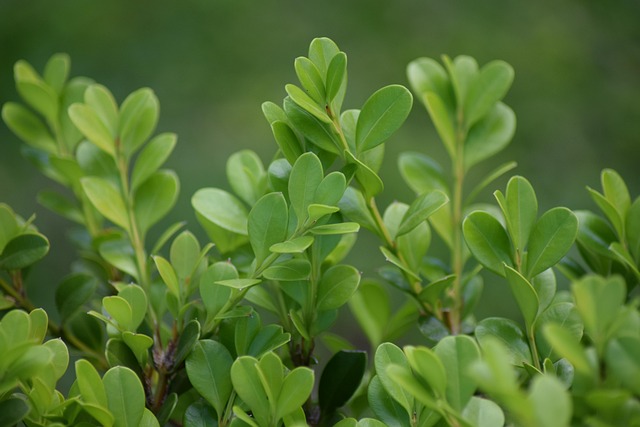
When comparing glue lamination vs traditional beam fabrication, environmental impact is an increasingly important factor. The process of creating glue laminated beams involves advanced technology behind glue laminated timber, where multiple layers of wood are bonded together with strong adhesives under pressure and heat. This method significantly reduces waste compared to traditional beam fabrication, which often relies on large amounts of raw material and can generate substantial scrap.
The aesthetic advantages of glue lamination in architecture are also notable, as it allows for complex geometric shapes and larger span structures, enhancing design flexibility. Moreover, best practices for gluing in challenging environments, such as high humidity or extreme temperatures, ensure the durability and strength of these beams. For more information on how this innovative technology can benefit your projects, give us a call at (607) 369-9341.
Glue lamination offers a modern, efficient alternative to traditional beam fabrication. By simplifying production processes and utilizing sustainable practices, glue laminating generates less waste and reduces environmental impact without compromising strength or durability. While traditional methods hold their value in certain industries, the advancement of glue lamination presents a promising solution for future construction needs. Understanding the intricacies of How Glue Laminated Beams are Made can facilitate a shift towards more efficient and eco-friendly building practices.

